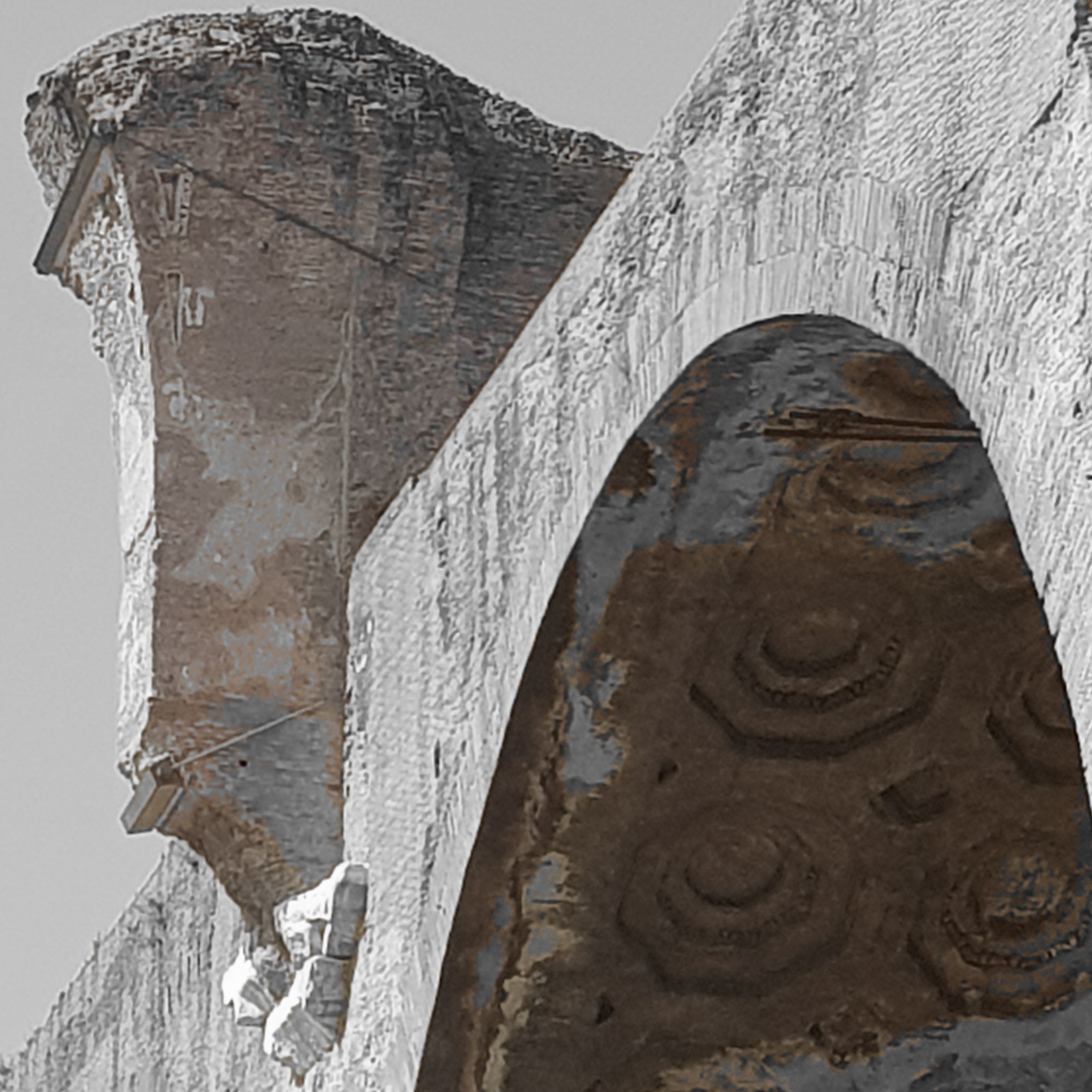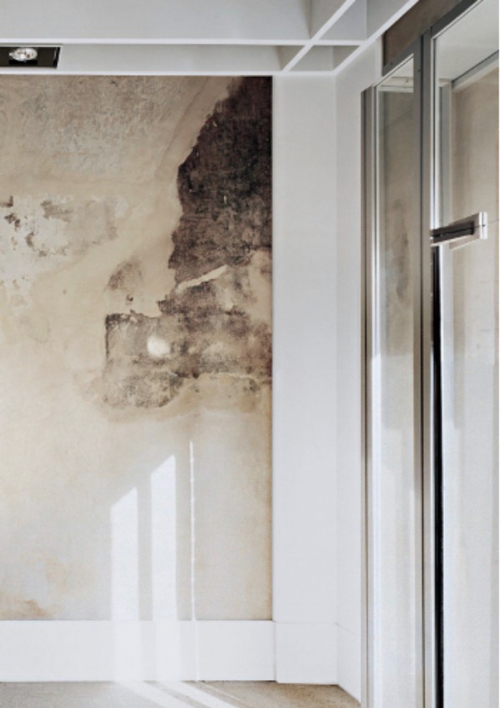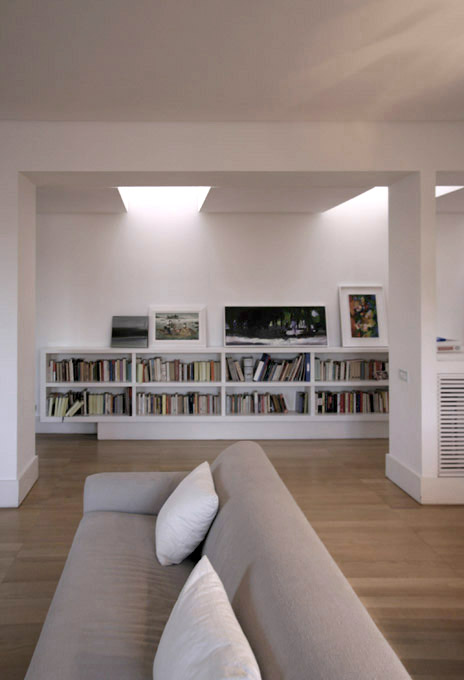
Have you ever tried to concentrate in an environment where everyone is talking? Tricky, right!
It’s something more insidious, which goes almost unnoticed, the speech effect
Within a working environment (or even a leisure one, if you think about your favourite but, sadly, noisy restaurant), the overlapping of speech is perceived as an unpleasant experience, which we blame for a worsening of our quality of life
A disturbance, or rather an interference in our activities, an intrusion, when we just want to say what we think and understand what’s going on
We’re lost in a ceaseless babble of different words that we no longer understand because they come one on top of another, monotonal, no longer intelligible, forcing us to raise our own voices
The result is just noise
LACUNARIA® takes care of that
It breaks down the sound waves of speech in a suspended, light module, as wide as necessary and free-form, providing a comfortable, discreet, silent and beautiful environment
LACUNARIA® is just that, the mute pedal on a piano
baffle N_4X3
multiple square module
stand alone
baffle N_6X1
polygonal module
stand alone
baffle N_6X1
polygonal module
stand alone
baffle N_6X3
multiple polygonal module
stand alone
baffle N_n
branched profile
continuous
baffle N_n
branched profile
continuous
LACUNARIA® (the name means “coffered ceiling” in classical architecture) is a dynamic frame designed for simplified assembly
It can support baffles made of different materials with ad hoc heights and thicknesses to meet every technical requirement, in configurations with variable geometry within a closed (lacunar) or linear (parallel, branched) perimeter based on specific project requirements
The self-supporting frame is suspended from the ceiling using fine stainless steel wires or nylon cables stretched in any direction on standard eye bolts
Characterised by enormous versatility in terms of shape, LACUNARIA® can be especially valuable in environments that are already operational, even in historical spaces, where correction of the acoustic response is required using an effective solution that can be assembled quickly, and provides exceptional formal quality reminiscent of classical lacunars
Designed in standard modules measuring 600 mm and 900 mm, LACUNARIA® is a rod frame manufactured from coloured organic paste polymers, with recycled aluminium complements
The baffles are commercially available products and can be covered with fabric in various colours, with a standard height of 400 mm, and suitable thicknesses and lengths on request
The average weight of the complete frame with baffles is usually less than approx. 4 kg per square metre projected horizontally
LACUNARIA® is produced in pre-configured stand-alone formats or as continuous systems without set limits in terms of geometry, design and extension
Case Study
architetture
2011, Riserva naturale protetta Decima Malafede, Roma
House in the park
Committente Ente RomaNatura
2011 Comune di Albano Laziale, ROMA
Recycling point
Strada Cancelliera Zona Industriale

Dettaglio ( Credit: originale a colori di Davide Virdis, Firenze )
1994, Parco delle rimembranze e Piazza San Cosimo,
Cagliari
National Architecture Prize
“Luigi Cosenza”

1992, Parco delle Rimembranze e Piazza San Cosimo
National architectural competition 3rd prize

Roma, 2003
Day – Interior
Homes for friends
Caracas 1954
This book is a journey through the short history of a lost project, a tribute to that modernist dream for Caracas that Oscar Niemeyer delivered to the world in the mid-1950s with his ‘Museo de Arte Moderno’. The reconstruction makes use of the historical documentary contribution (present within the volume) represented by Gio Ponti’s presentation in issue 317 of Domus from 1956 and a testimony by Niemeyer that appeared in issue 9 of Modulo from 1958. The sense of a fascinating work looms large. Far from setting itself up as a benchmark, it can be appreciated as much for its imperfections as for its ideal perfection – pristine, classical in appearance, and surprisingly modern.
A.Virdis, “CARACAS 1954 Oscar Niemeyer, Museo de Arte Moderno” Edizioni CLEAN, Napoli (2009)







